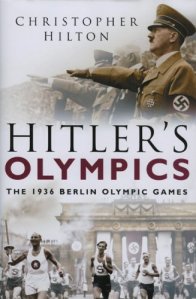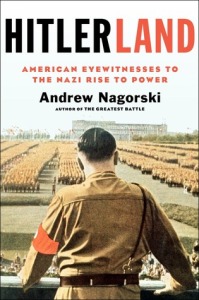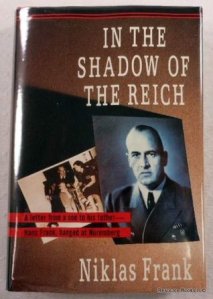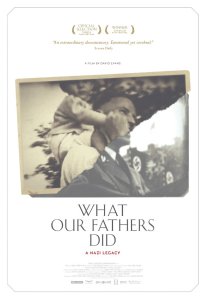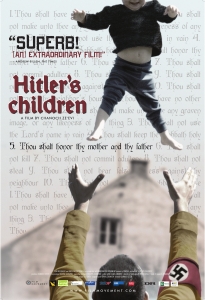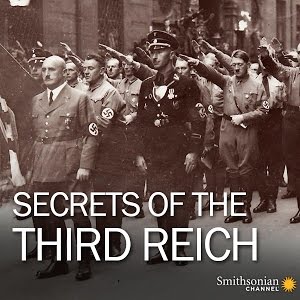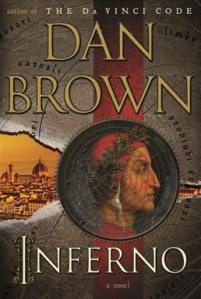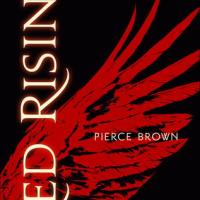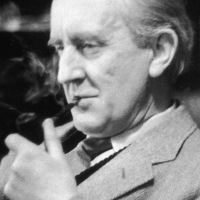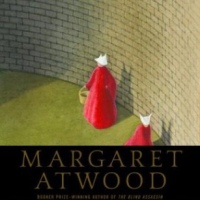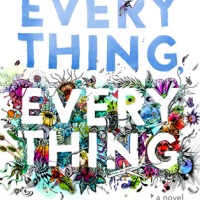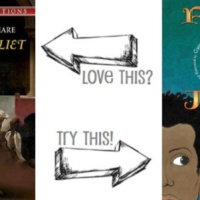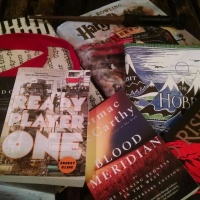First off, a funny story: yesterday, I was giving my (9th grade) classes a quiz over figurative language (personification, onomatopoeia, metaphor, etc.) and before the quiz, my 4th period decided that Hyperbole is when someone is “just being so extra.” I gave examples that I’ve heard in the halls, like “OMG if I don’t see my boo right now, I’m gonna die” and “ugh, this class is taking, like, forever.” We finished the quiz and I walked by a table group that (sometimes, very unfortunately) has a bf/gf couple, who were playing keep away, or something dumb. I told them to STAHP or they were going to make me throw up, and the whole table group yelled “HYPERBOLE!!! That’s a hyperbole, CT!!” I cackled with laughter and gave them all “Glad Points” as a reward for using their knowledge AGAINST ME.
Now, to the review. As specified in my last post, I asked for these beautiful books for Christmas. Thanks to my mom and mom-in-law, I was gifted both and devoured each in a day. Although they are by the same author/illustrator and, on the surface, look quite similar, they have substantial differences that need to be sussed out. Therefore, I’ll be taking them one by one, starting with my favorite!

Aphra Behn, first female professional writer. Sojourner Truth, activist and abolitionist. Ada Lovelace, first computer programmer. Marie Curie, first woman to win the Nobel Prize. Joan Jett, godmother of punk. The 100 revolutionary women highlighted in this gorgeously illustrated book were bad in the best sense of the word: they challenged the status quo and changed the rules for all who followed. From pirates to artists, warriors, daredevils, scientists, activists, and spies, the accomplishments of these incredible women vary as much as the eras and places in which they effected change. Featuring bold watercolor portraits and illuminating essays by Ann Shen, Bad Girls Throughout History is a distinctive, gift-worthy tribute.
Goodreads.com
Bad Girls Throughout History: 100 Remarkable Women Who Changed the World was published in 2016 and features 100 women spanning many centuries and cultures who did “bad” things (more on that in a bit) or were considered improper by their (and sometimes also our) society. The women are featured chronologically, so our amazing, gender stereotype-breaking ancestors segue gently to modern glass ceiling-breakers.

Now, when it comes to calling these women “bad,” I assumed it would focus on women who did things considered improper for women during their time. However, the term “bad” seems to be used more loosely than I had thought. Yes, of course misogyny runs rampant through each story in some way or other, but not all stories are focused on what these women did in reaction to oppression. Intermingled among the Queens, scientists, adventurers, and visionaries are murderers and thieves. As it should be, “bad” is subjective. I especially appreciate this in reference to my intentions to make this book available as a point of inspiration for the upcoming research unit. ELA is all about the ability to argue and support your point, so if someone wants to argue that Bonnie Parker is a hero, I look forward to hearing that argument.

From the beloved author and artist behind Bad Girls Throughout History comes this lushly illustrated book of goddesses from around the world. Aphrodite, the Greek goddess whose love overcame mortality. Mazu, the Chinese deity who safely guides travelers home. Lakshmi, the Hindu provider of fortune and prosperity. These powerful deities and many more are celebrated in gorgeous artwork and enlightening essays that explore the feminine divine and encourage readers to empower themselves. Ann Shen’s signature watercolors make Legendary Ladies a unique, gift-worthy homage to the mighty women within.
The other book, Legendary Ladies: 50 Goddesses to Empower and Inspire You, focuses on goddesses from various cultures. The book seeks to inspire the reader, so Shen even goes so far as to suggest the strengths of each goddess and when the reader might want to “call on” each one for different benefits. I appreciated the variety of cultures featured in this book and learned a great deal about various origin stories. I honestly wish it had been longer, like its 100-page predecessor, but I imagine a tremendous amount of research had to go into this book; I also imagine that this one stands more of a risk of offending readers, since Shen attempts to add so much variety that she is inevitably treading (bravely, I think) on unfamiliar territory and might risk getting something wrong, here and there.

So, obviously, the showstopper is the illustrations. Each woman listed in both texts has her own accompanying original illustration. Again, the amount of research that must have gone into these is amazing, especially in the goddesses text, since each woman is drawn “in her element.” Shen apparently got her start in illustration and has worked for some impressive, well-known companies, so I like to think that all that experience is what made it possible for her to produce these works of obvious passion. I can’t imagine that anyone would take lightly the responsibility to educate readers about the history of womankind; however, since she does so not only through words but all through illustrations, this book will naturally appeal more to younger audiences, who benefit from visual stimulation for prolonged attention, than those that convey the same information without illustrations. I would gladly, after choosing very carefully, read some of these to student audiences (and might do so in the weeks leading up to the research unit). I honestly wish someone would make a similar illustrated compilation with male rule-breakers.

Now, to discuss the only major issue I noticed. The number of European goddesses vastly outnumbered those of Asian, African, South American, or North American heritage. Legendary Ladies featured one “ancestor” from Native American heritage (I don’t know what to call these characters collectively, since they’re not all goddesses), a few Africans, a few Pacific Islanders, a few more of Celtic, Welsh, Aztec, or Egyptian origin, a good number Hindus, as well as Chinese, but predominantly featured Greek goddesses. On the one hand, I loved seeing them since I have studied Greek mythology extensively, but it seemed disproportionate to the numbers featured for other cultures. I should acknowledge that this might be greatly due, at least in part, to the fact that Greek mythological beliefs were passed to all conquered nations and, although it is not still a practiced religion, the impact of that belief system is still evident in classical texts, as well as all those that were inspired by the classics. I mean, for goodness sake, like I teach each year when we read The Odyssey, Greek mythology still permeates our culture, even Spongebob Squarepants, for crying out loud. Greek mythology is inescapable. But that almost adds to my desire to see less of that which we already know and more of that which is not as well-known globally. Surely there are more African and Native American ancestral ladies that could have been featured?
Obviously, I greatly recommend these texts to anyone and everyone. The illustrations are dazzling and I could look at them all day, but they don’t necessarily mean that this text is directed at younger audiences. These women are painted in a realistic light, for better or for worse, and learning about each one of them is well worth your time.
Has anyone else read these? If so, did you read them just for fun or do you have ulterior motives, like me? Does anyone have any other recommendations for texts featuring compilations of notable men or women?





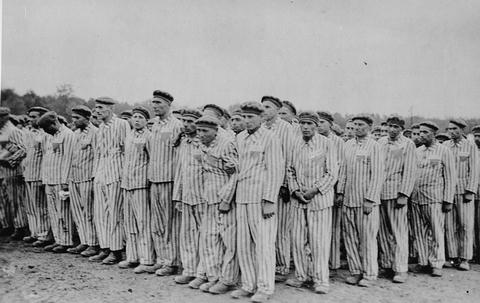
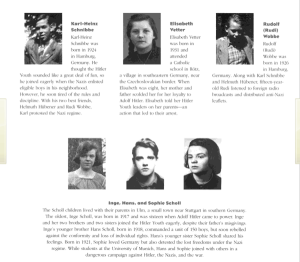 I say all of this because I’m afraid for my country. When I read about the power that a fanatical leader can hold over
I say all of this because I’m afraid for my country. When I read about the power that a fanatical leader can hold over 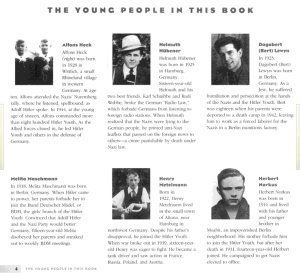 That means only one thing: we must educate ourselves. I thought about doing a “Love This, Try This” segment for this review, but it seemed too cheap, and I had a hard time narrowing it down to one recommendation. Thus, I will give all the recommendations I can think of that will help shed light on the atrocities that occurred, so as to prevent such an occurrence from ever happening again. I know enlightenment on genocide isn’t exactly at the top of anyone’s To-Do List, but PLEASE look into at least one of these things.
That means only one thing: we must educate ourselves. I thought about doing a “Love This, Try This” segment for this review, but it seemed too cheap, and I had a hard time narrowing it down to one recommendation. Thus, I will give all the recommendations I can think of that will help shed light on the atrocities that occurred, so as to prevent such an occurrence from ever happening again. I know enlightenment on genocide isn’t exactly at the top of anyone’s To-Do List, but PLEASE look into at least one of these things.